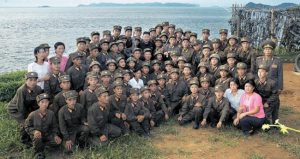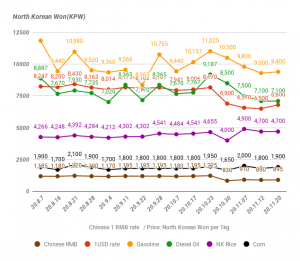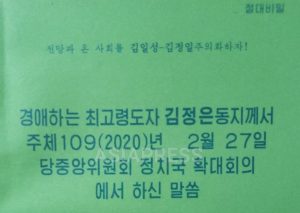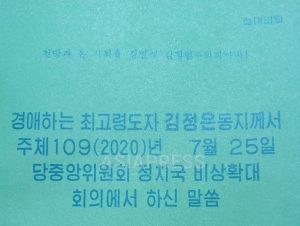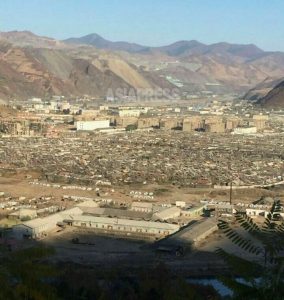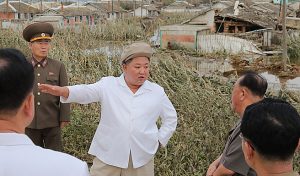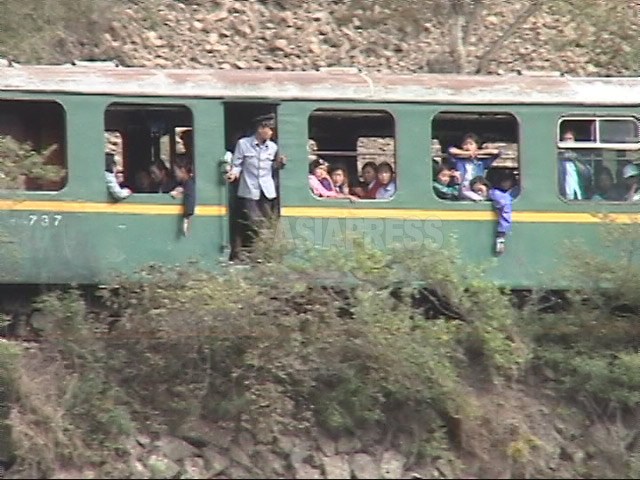
A train stopped on the tracks. There are almost no windows. August 2002, a suburb of Hyesan City, Ryanggang Province. Taken by Jiro Ishimaru from Chinese side(ASIAPRESS)
2016/Dec/21
◆ Transportation and traffic have greatly increased and developed due to marketization.
3-1 State-owned transportation has become dysfunctional
For many years the train system had been the primary means of transport in North Korea. City buses, trolley buses, the subway in Pyongyang, had been a form of short form transportation and it was a state-owned enterprise. It took most of the responsibility for transporting the country’s citizens. Long-distance buses openly connecting each city on a daily basis were also prevalent, including trucks carrying passengers in the back.
As market activity became vibrant, people started to go to distant places to bring items for their businesses. With a demand for more transport, traffic exploded while the vested state-owned transport became outdated and under-developed. Now, the marketized transportation system has increased its footprint, playing an essential role for the people in North Korea to get around the country.
Related Article: <Inside N. Korea> Expansion of the market economy as the driving force behind social transformation–based on sources from inside North Korea. (PART1)
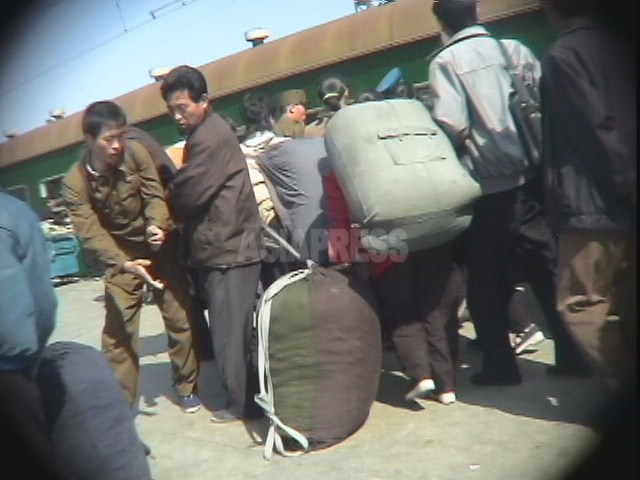
Hamhung Station in South Hamkyung Province, full of the merchants with large baggage. June 2005. Taken by Lee Joon (ASIAPRESS)
Next page: A train stopped due to the power shortage. Passengers get off the train and wash faces using water at the street gutter.
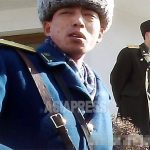
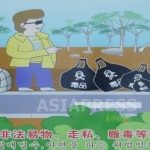
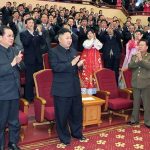

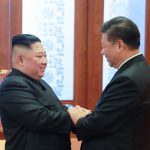
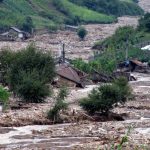
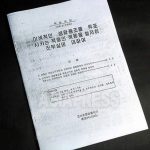
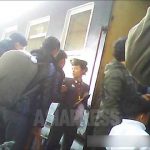
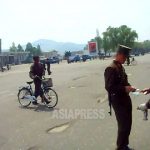
![[Video Report] Nominal Farm Mobilization: People Feel Squeezed](https://www.asiapress.org/rimjin-gang/wp-content/uploads/2018/07/mqdefault-150x150.jpg)











